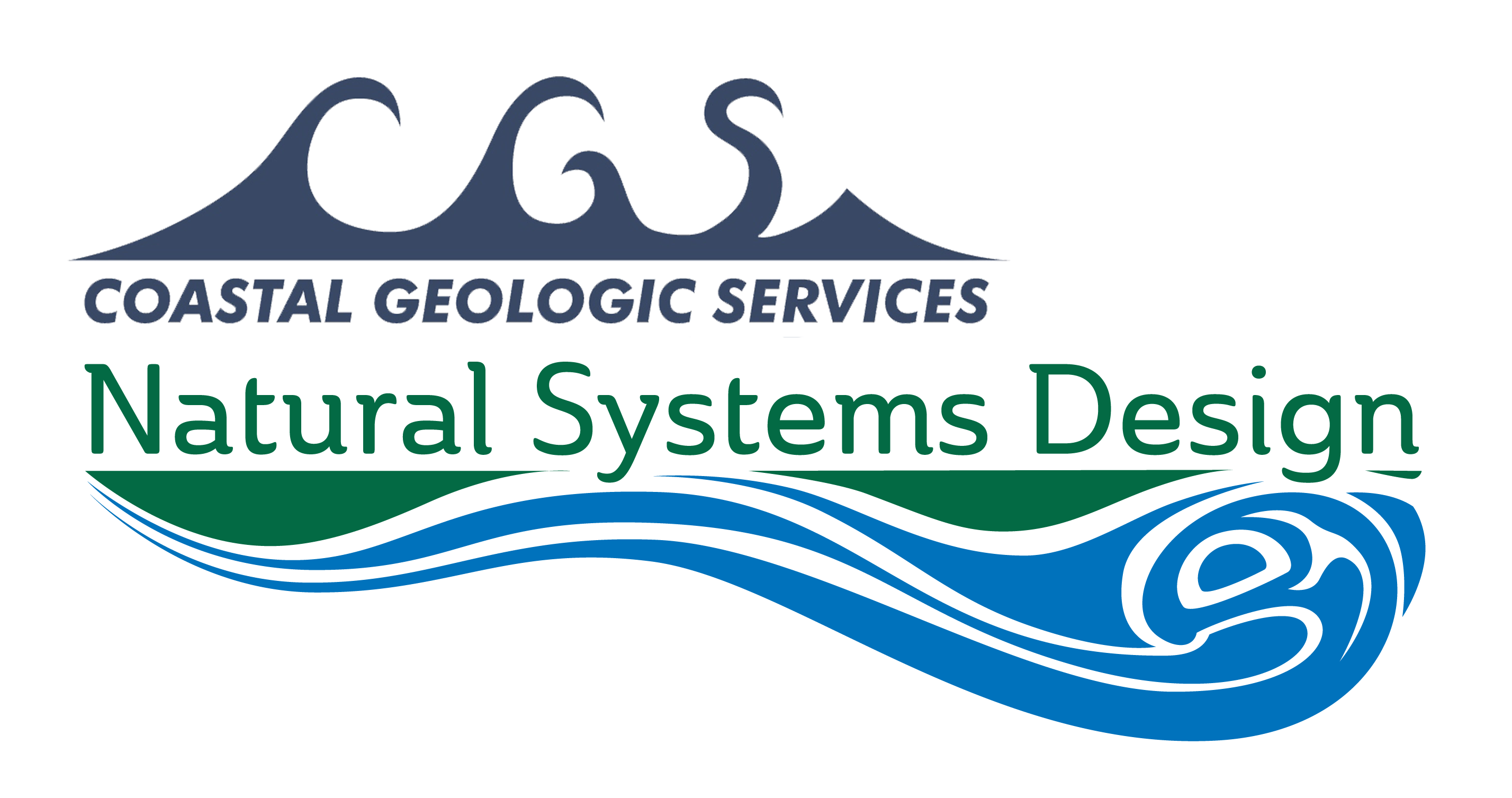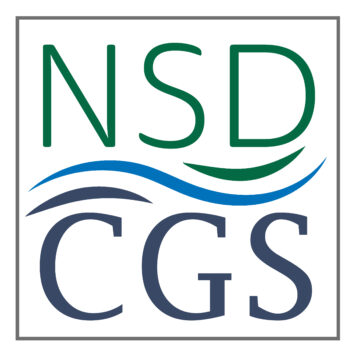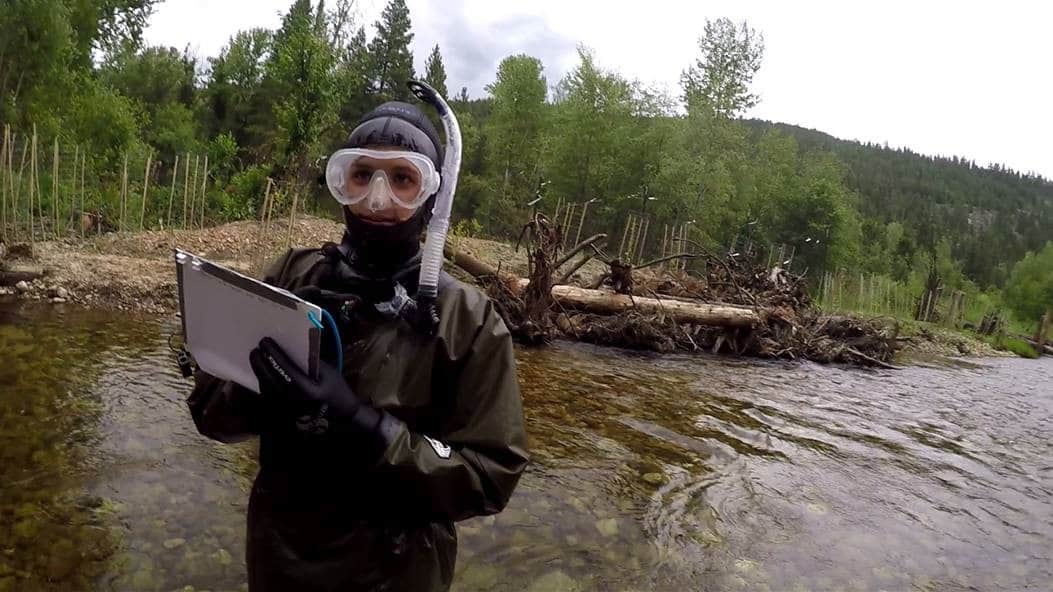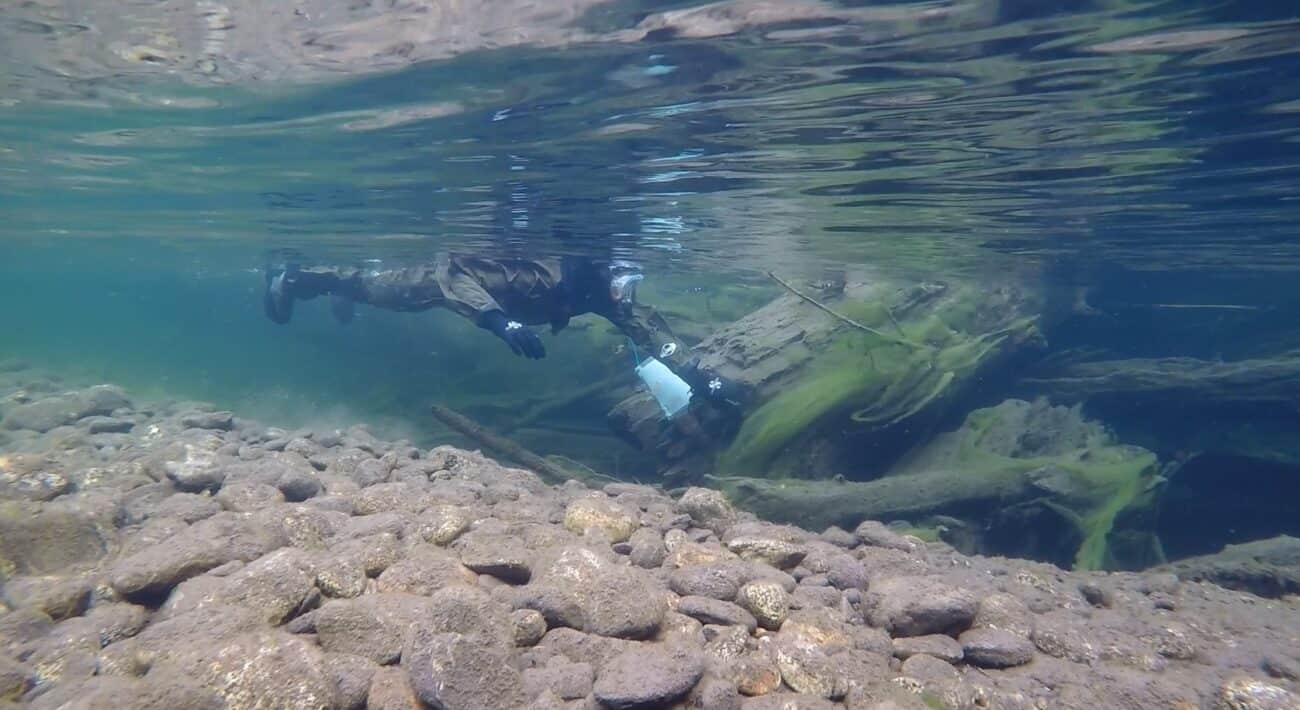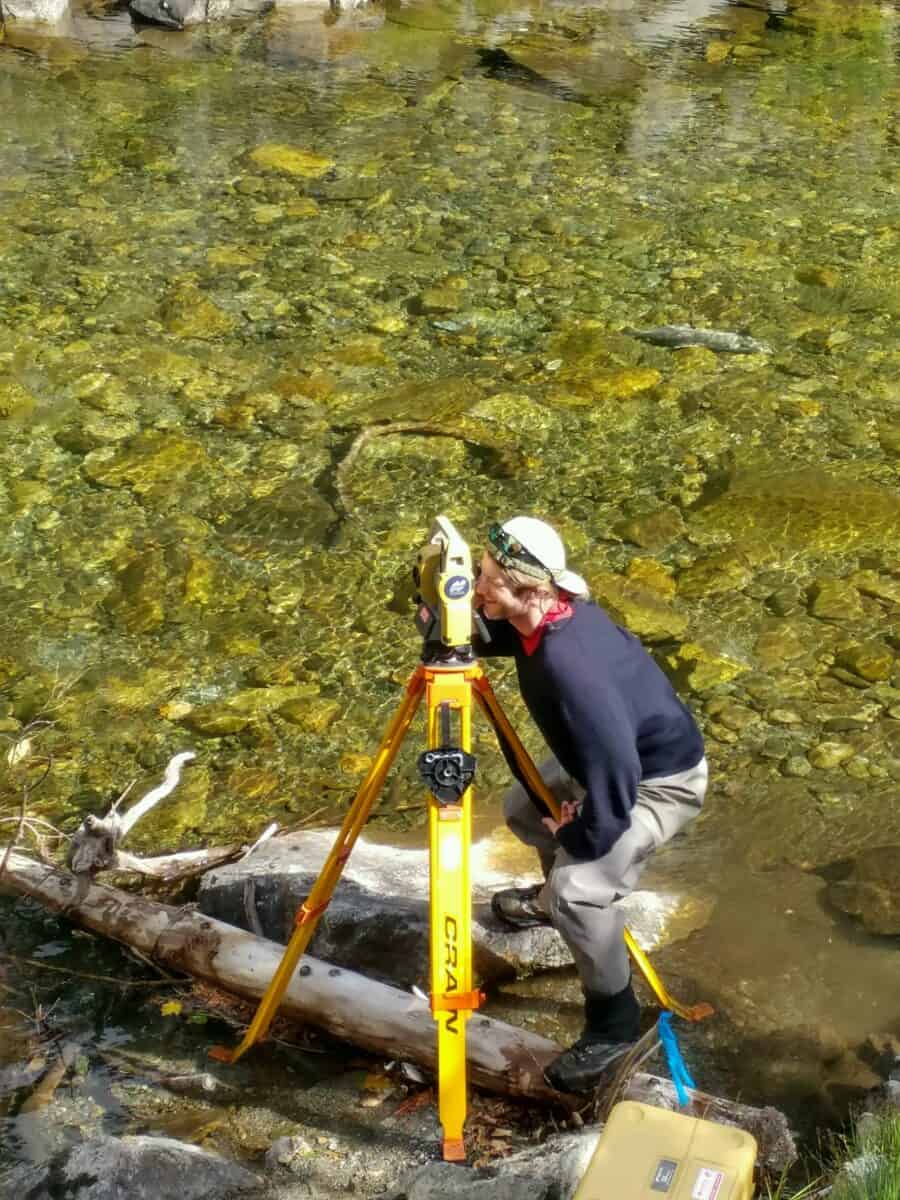
Why is it vital to conduct monitoring and project effectiveness evaluations? You cannot manage what you don’t monitor. Without a monitoring plan to evaluate physical and biological project responses, it is difficult to quantify just how successful a project is or what changes may need to be made to ensure expected outcomes. Monitoring project outcomes is essential to both understand how effective our interventions are, as well as to improve future designs. Further, understanding of the effects of project actions at the watershed and population scales can help address the larger goals of recovery of endangered species and their habitats. NSD staff members bring the technical experience in project design and implementation to help develop measurable objectives for projects and watersheds that are critical to adaptive management of restoration efforts.
NSD staff members are adept at using both remote sensing and field approaches to monitoring at multiple scales. Our interdisciplinary staff have developed robust approaches for monitoring instream and floodplain habitat, fish and other aquatic species responses, water storage and groundwater reconnection, and temperature and water quality, and vegetation growth and function benefits from active projects across the Pacific Northwest. We have also been using habitat suitability index (HSI) modeling to assess the habitat quality of restoration actions across spatial scales. Knowledge from monitoring efforts is then incorporated into every design project to ensure new designs apply “lessons learned” from completed projects to maximize available funding.
